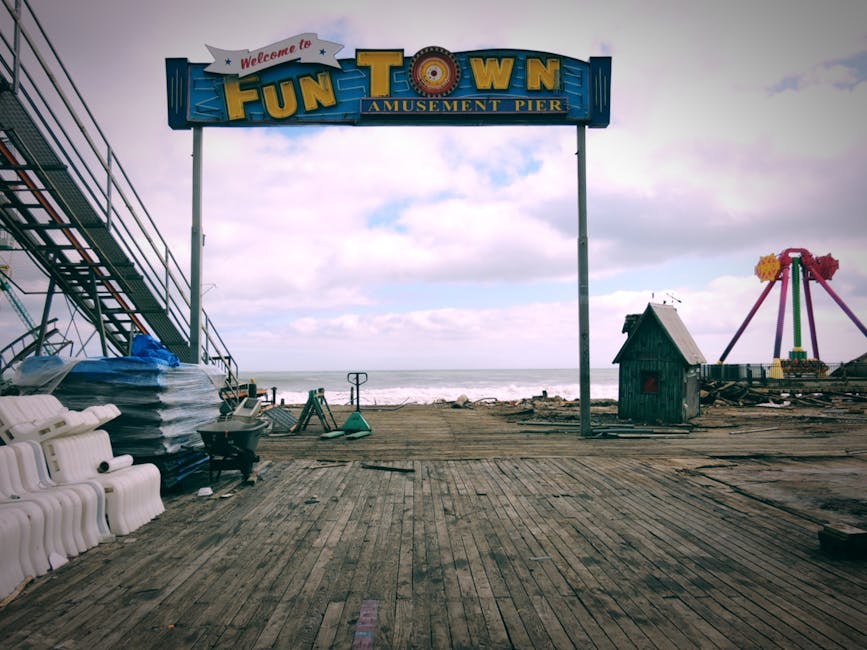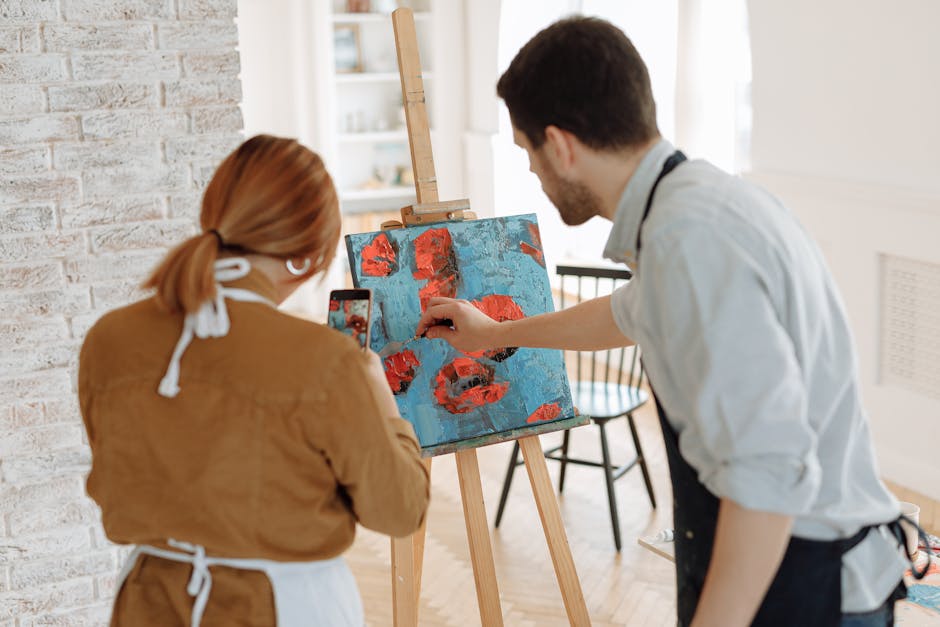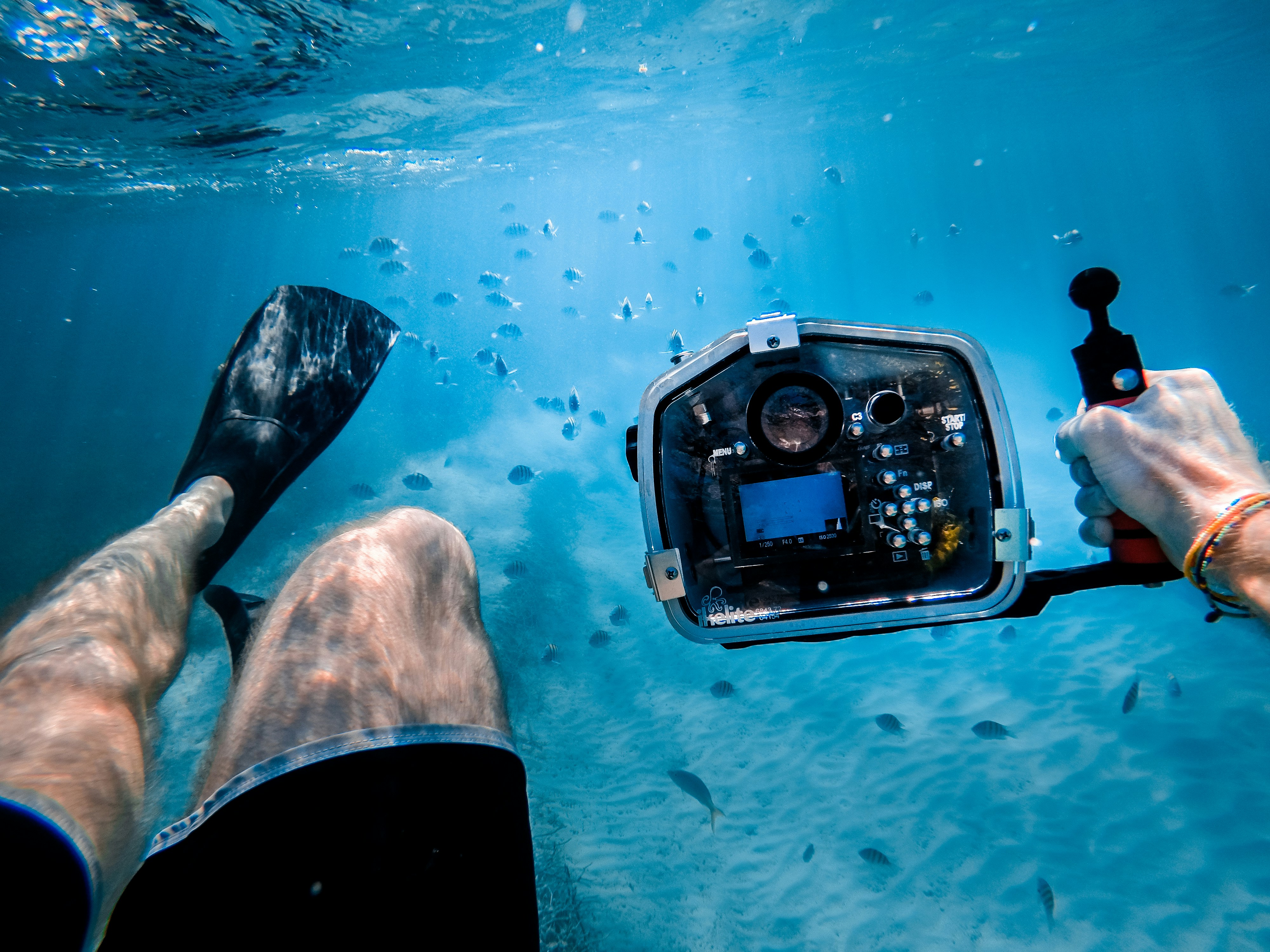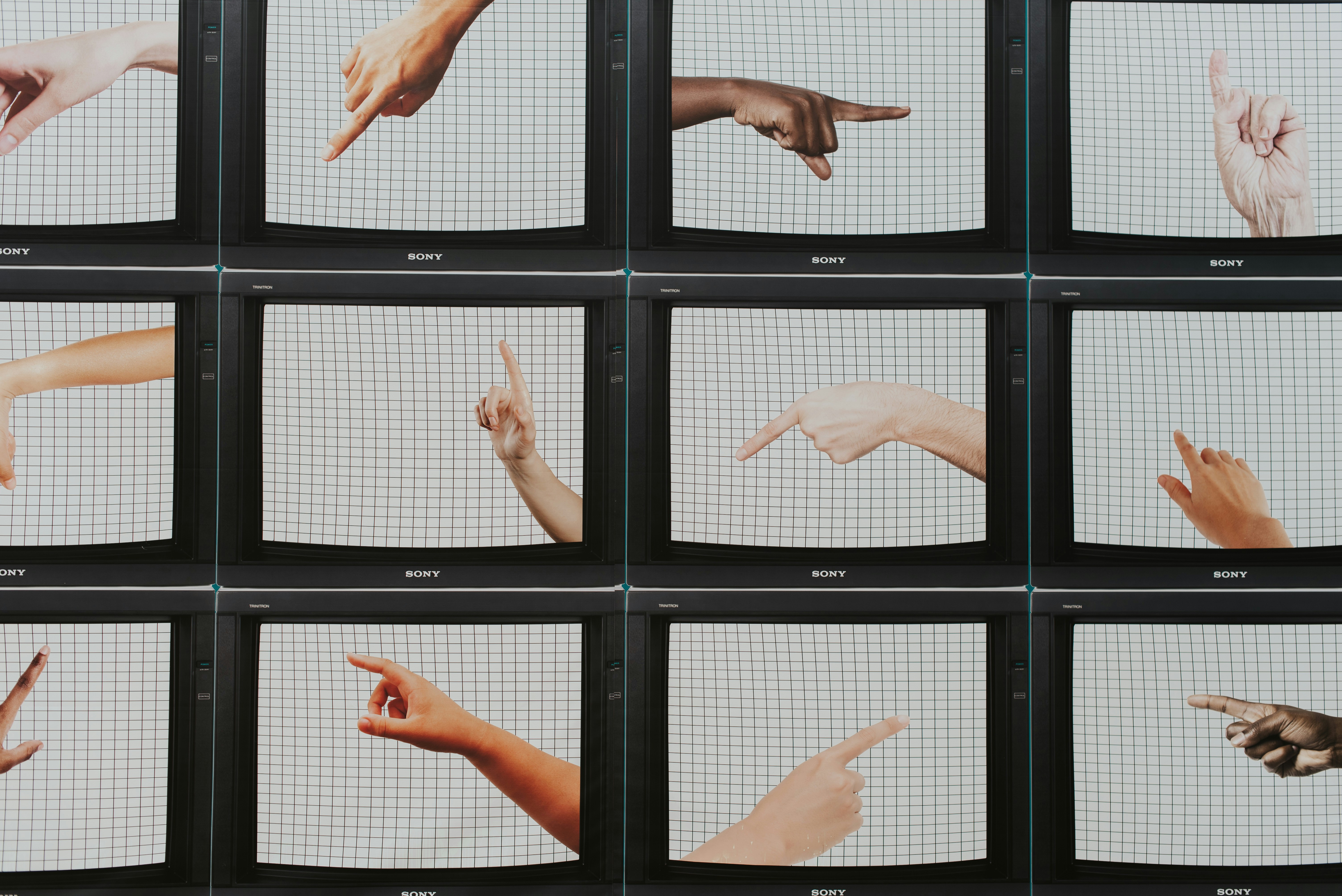Transform Your Visual Narratives: Harness Soundscapes in Photography
When we think of photography, our minds often concentrate solely on visuals—the composition, the lighting, and the subject matter. But what if you could enhance your storytelling by incorporating another dimension: sound? Imagine showcasing not just striking images but layering them with rich audio elements that transport your audience into the very heart of your narrative. In this article, we dive deep into the fascinating concept of integrating soundscapes in photography, showcasing how audio can enrich your visual storytelling, enhance viewer engagement, and create a multi-sensory experience like no other.
The Fusion of Sound and Vision: A New Era of Storytelling

In the realm of photography, sound is frequently overlooked. Yet, as technology continues to advance and the mediums of creativity expand, we’re seeing a significant shift in how artists express their narratives. Photographs capture a moment in time, but sound can bring that moment to life. Think about the calming rustle of leaves, the distant laughter of children, or the rhythmic waves crashing onto the shore—each of these sounds evokes emotions that enhance the visuals we see.
The challenge lies in discovering how to effectively intertwine these auditory elements with your photographic process. Whether you're producing video content, crafting an immersive online gallery, or documenting behind-the-scenes moments, understanding how to harness sound is critical for storytelling successfully. For further exploration, check out this article on emotional photography techniques that delves into creating meaningful narratives.
Techniques for Capturing Audio: A Photographer's Toolbox

To incorporate sound into your photographic storytelling, knowing how to capture audio effectively is essential. Here are a few techniques that can enrich your audio collection:
1. Invest in Quality Equipment

Not all audio gear is created equal, especially in the world of photography. Consider investing in a portable audio recorder or a high-quality microphone that can pick up subtle sounds. Lavalier mics, shotgun mics, and handheld recorders are excellent tools for different environments. For instance, a shotgun mic might be ideal for isolating specific sounds in a bustling urban landscape, while a lavalier mic can capture intimate conversations in an interview setting.
2. Record Ambient Sounds

When you're out shooting, take a moment to record the ambient sounds of your surroundings. This could be the chirping of birds in a serene landscape or the clamor of city traffic. These ambient sounds will serve as a backdrop that complements your visuals. By integrating ambient recordings into your online galleries, you can create a truly immersive experience. Explore more about unique soundscapes in photography in this detailed guide on engaging your audience with sound.
3. Use Sound Effects Deliberately

Think about how sound effects can enhance a specific photograph or video project. If you took a captivating image of a waterfall, consider pairing it with the sound of rushing water. Deliberate sound effects can amplify emotional response and draw viewers into your narrative.
Pairing Sounds with Visuals: A Harmonious Dance

Once you have your audio recordings, the next challenge is pairing them effectively with your visuals. Timing and context are crucial here.
1. Synchronization is Key

When editing your videos or presentations, synchronize your audio elements with your visuals. Match the sounds to moments in the imagery to create a more engaging experience. For instance, if your visual features a bustling market scene, ensure that the clinks of dishes or chatter of people aligns with the visuals of their movements. This synchronization invites viewers to feel as if they are a part of that environment.
2. Create Narration to Guide Viewers

Another powerful way to incorporate sound is through narration. As a storyteller, you have the opportunity to guide your audience through your visuals with a narrative that weaves both audio and imagery together. An engaging voiceover can help emphasize the emotions and significance behind a particular image, making the experience more thoughtful and immersive.
Enhancing Viewer Engagement with Sound

By introducing soundscapes into your photography, you open a new channel for viewer engagement. Here’s how sound can enhance your audience's experience:
1. Evoking Emotional Responses
Sounds can elicit emotional responses from viewers in ways that visuals alone may not. Picture this: you present a stunning photograph of a stormy ocean. Now, imagine coupling that image with the booming sound of thunder and crashing waves. The audio enhances the dramatic effect, making viewers feel the intensity of the moment as if they were there. Utilize sound to evoke a spectrum of emotions ranging from joy to nostalgia.
2. Inviting Reflection and Connection
Through sound, you can create a reflective space for your audience. Pair slower-paced visuals with soft, ambient sounds to encourage feelings of tranquility and contemplation. This approach can lead viewers to connect more deeply with the story you’re telling and linger longer on each image. For further insights on how engaging multiple senses can elevate narratives, check out our article on engaging the senses in photography.
3. Emphasizing Cultural Context
When capturing cultural events or destinations, the incorporation of local sounds can add significant layers to your narrative. For instance, when photographing a traditional festival, include sounds that are iconic to that culture—musical performances, market noises, or spoken traditions. This enhances your audience's understanding and appreciation of the culture you are showcasing, adding context that visuals alone may miss.
Building Immersive Online Galleries
Creating an online gallery offers an exceptional opportunity to present visual narratives to a global audience. By integrating sound into your galleries, you can transform them into immersive experiences.
1. Curating an Audio-Visual Experience
Each photograph can be paired with specific ambient sounds or audio clips. For instance, if your gallery showcases a series of landscapes, consider a continuous audio track of nature sounds, transitioning between subtle variations as the viewer navigates. This thoughtful curation can keep audiences engaged and make them feel as if they are exploring a physical location.
2. Leverage Video Content
Video is an excellent medium for merging sound and visuals. Create short videos that blend your best photographs with relevant sounds, allowing your audience to dive deeper into the stories behind each image. Whether it's a time-lapse of a sunrise or a still photograph of a street scene with accompanying background noises, videos can effectively communicate a more complex narrative.
3. User Interaction
Encourage audience interaction with your audio-visual elements. For instance, consider creating opportunities for visitors to choose different audio tracks to accompany certain images. This empowers them to shape their experience, leading to a unique engagement with your work.
Next Steps: Embracing the Multi-Sensory Approach
Incorporating sound into your photography is an exciting and innovative way to elevate your storytelling. Here’s how you can start:
-
Experiment with Audio Recording: Get comfortable with your audio equipment and practice recording in various environments. The more diverse your sound library, the richer your stories can become.
-
Create a Project: Choose a particular theme or narrative and challenge yourself to create a project that seamlessly fuses sound with visuals. Capture both photographs and corresponding audio to tell a complete story.
-
Seek Feedback: Share your sound-enhanced photography with mentors or peers and gather feedback. Understanding how others perceive your work can help you find innovative ways to integrate sound.
-
Stay Inspired: Explore online platforms like SoundCloud or YouTube for sound samples, and consider collaborations with local musicians or sound artists to further enrich your projects.
Final Thoughts
In a world where visual content is constantly evolving, being at the forefront of incorporating soundscapes into photography will set you apart from the crowd. By utilizing audio elements to enhance your narrative, you can create profound connections with your audience, transforming how they engage with your work. Embrace this multi-sensory approach, and you'll find yourself unlocking new creative dimensions in your photography that resonate with viewers on deeper levels.
So grab your camera and audio equipment, and begin experimenting with sound. Your photos deserve to tell their stories in full—they're waiting for the soundscapes that can elevate them to new heights!



